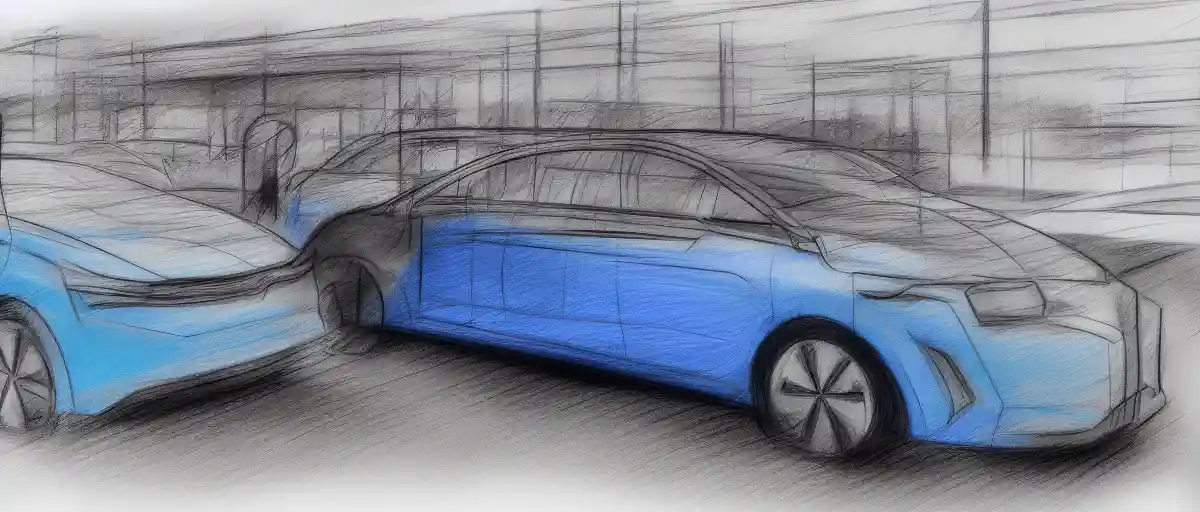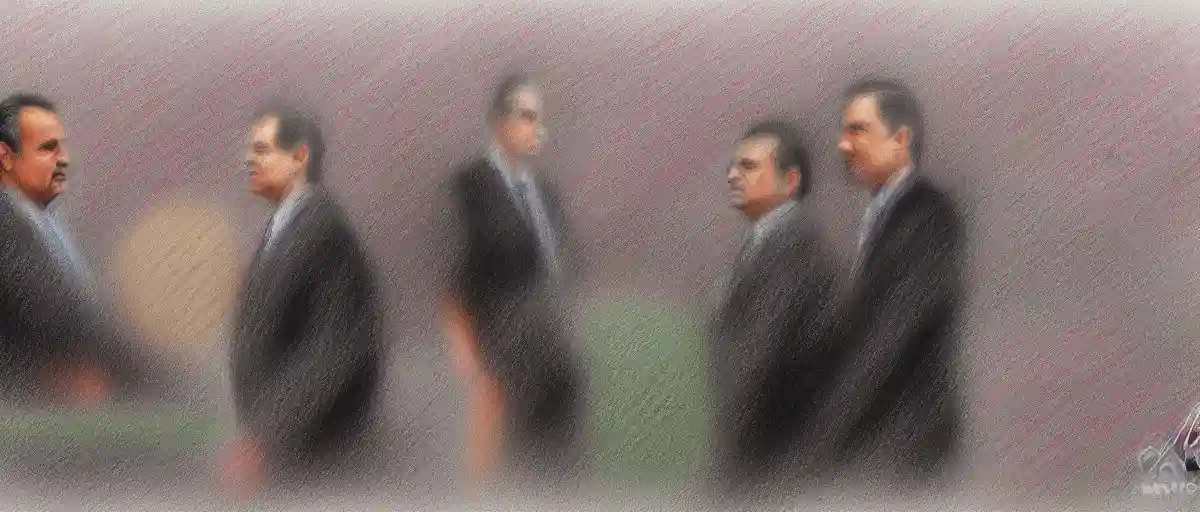This May Also Grab Your Attention:
The recent opening of a new EV charging station in Reading, Pennsylvania is progress towards a cleaner and more sustainable future for transportation. It is undeniable that the need for accessible charging infrastructure is crucial for the widespread adoption of EVs. The expansion plan to increase the number of charging stations in Pennsylvania from 925 to 1,000 is a step in the right direction towards achieving this goal.
To look at it differently, the federal government’s $7.5 billion funding allocated for building a national network of EV charging stations is a significant investment towards making EV charging more convenient and accessible. The increase of charging ports from 500 to over 42,000 across the country is also a promising sign that progress is being made.
Then again, the expansion of charging infrastructure still falls short of what is needed to meet the demands of all drivers. People who live in apartments or homes without a garage face challenges in finding available charging stations, leading to “range anxiety” – the fear of running out of battery life while traveling long distances. Additionally, critics argue that the funding should be spent on other areas of infrastructure that have a larger impact on society, such as highways and bridges.
Regardless of the criticism, the opening of the new charging station in Reading is a step in the right direction towards a more sustainable transportation future. It is essential that funding continues to be allocated towards expanding EV infrastructure to make it more accessible for drivers. However, it is also important to consider the needs of all citizens and address the challenges faced by those without access to home charging systems. EV infrastructure needs to be given equal importance as other forms of infrastructure to support the growth of EVs in the future.
Here's A Video We Thought You Might Also Like:
Author Profile

- As a technology reporter, I strive to unravel the complexities of the digital age, including its impact on politics. From AI to cybersecurity, I explore the intersection of technology and governance.
Latest entries
 Breaking News2023.12.18Hispanic Democratic Lawmaker Shocks Party, Joins Republicans in Pushing for Tougher Border Security!
Breaking News2023.12.18Hispanic Democratic Lawmaker Shocks Party, Joins Republicans in Pushing for Tougher Border Security! Breaking News2023.12.17Kellyanne Conway’s Bold Move to Reshape the Republican Party’s Abortion Strategy!
Breaking News2023.12.17Kellyanne Conway’s Bold Move to Reshape the Republican Party’s Abortion Strategy! Breaking News2023.12.15Joe Biden’s Struggle for Black Voter Support Can He Regain Their Trust
Breaking News2023.12.15Joe Biden’s Struggle for Black Voter Support Can He Regain Their Trust Breaking News2023.12.15Explosive Demand for Answers on Denied Border Funding Stirs Controversy
Breaking News2023.12.15Explosive Demand for Answers on Denied Border Funding Stirs Controversy






